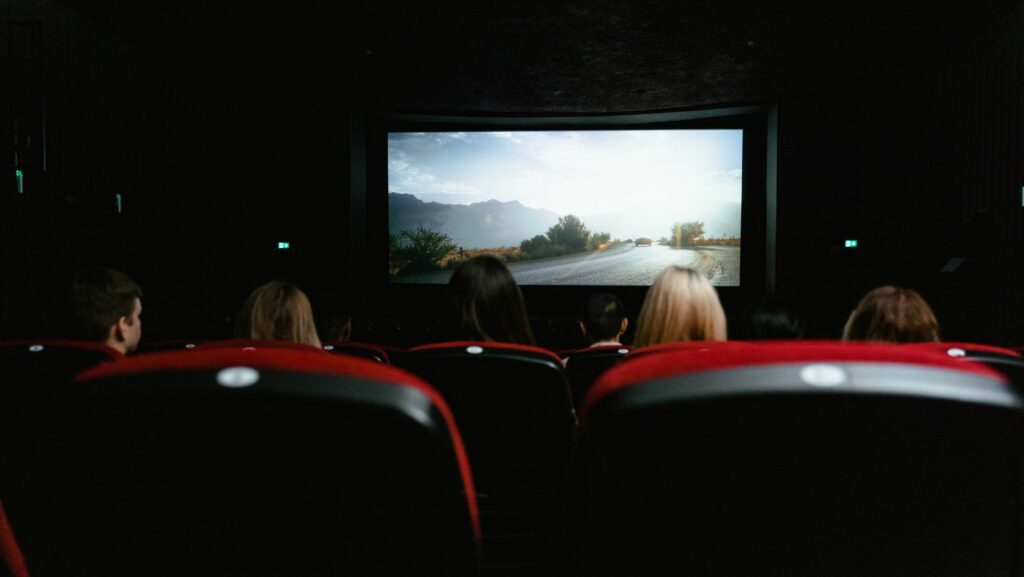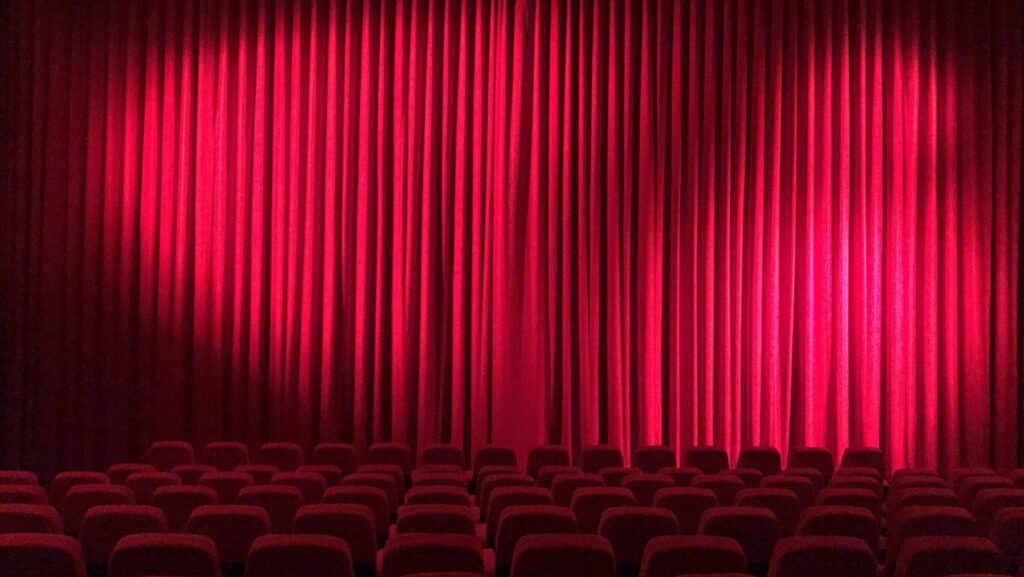Future of Cinema
As technology and storytelling evolve, the future of cinema promises a thrilling transformation that could redefine how audiences experience films. With the rise of virtual reality, augmented reality, and advanced digital effects, filmmakers are poised to push the boundaries of traditional cinema. These innovations offer immersive experiences that transport viewers beyond the confines of a theater seat.

The shift towards streaming platforms has already started reshaping the industry, offering unprecedented access to global audiences. As studios adapt to this digital landscape, the lines between home and theater viewing blur, creating new opportunities for storytelling and audience engagement. This evolution challenges filmmakers to innovate while keeping the magic of the big screen alive.
In this rapidly changing environment, cinema isn’t just about watching a movie—it’s about experiencing a story in new and exciting ways. As technology continues to advance, the future of cinema holds endless possibilities for creativity and connection.
Evolution of Cinema Technology
Cinema technology has undergone significant changes, transforming how stories are told and experienced. These advancements continue to shape the future of cinematic entertainment.
From Silent Films to Digital Projection
The journey from silent films to digital projection marks a significant evolution in cinema technology. Early filmmakers used basic equipment to create silent movies, relying on expressive performances and intertitles for storytelling. As technology developed, sound was introduced in 1927 with “The Jazz Singer,” which revolutionized the industry. Over decades, filmmakers embraced color films, widescreen formats, and computer-generated imagery (CGI), enhancing visual storytelling. In recent years, digital projection has replaced film reels, offering higher resolution and reducing distribution costs. This transition allows cinemas to deliver superior image quality and eases the integration of digital technologies.
The Impact of Streaming Services

Streaming services have dramatically impacted how audiences consume movies. Platforms like Netflix and Amazon Prime offer extensive libraries that viewers access on-demand. This accessibility shifts traditional distribution models and influences production strategies, as studios focus more on creating content suited for digital platforms. Streaming enables smaller productions to reach global audiences and challenges theaters to enhance in-person experiences with immersive technologies. Consequently, the integration of streaming services into cinema is shaping audience expectations and the overall landscape.
Innovations Shaping the Future
Cinema’s future largely hinges on leveraging technological innovations. These tools are transforming audience engagement and creative potential, reshaping cinematic landscapes.
Virtual Reality and Immersive Experiences
Virtual reality is revolutionizing how audiences experience films. By placing viewers in the heart of the narrative, VR breaks the boundaries of traditional storytelling. Companies such as Oculus and HTC Vive are investing heavily in VR content, multiplying new opportunities. Immersive experiences enhance emotional impact, making viewers active participants in the story rather than passive observers.
The Rise of AI in Filmmaking
Filmmakers are increasingly utilizing artificial intelligence to streamline production and enhance creativity. AI algorithms assist in scriptwriting, editing, and even scene generation. For example, tools like ScriptBook analyze scripts to predict box office performance, offering data-driven insights before filming begins. AI contributes to more efficient workflows and opens avenues for experimental storytelling.
Interactive Storytelling
Interactive storytelling offers audiences a dynamic narrative experience. Viewers influence the storyline by making real-time decisions, blurring the line between film and video gaming. Netflix’s “Black Mirror: Bandersnatch” demonstrated this potential by letting viewers choose their own path. This approach increases viewer engagement by providing a personalized and unique storytelling journey.
Changes in Audience Behavior
Cinema audiences are evolving as viewing habits transform with technological and social shifts. Understanding these changes is crucial for filmmakers and theater operators to engage audiences effectively.

Audiences increasingly prefer on-demand viewing, benefiting from the flexibility of streaming platforms like Netflix and Hulu. This shift enables viewers to watch movies at their convenience without adhering to theater schedules. Binge-watching has become common, with entire series or film sagas consumed in single sittings. This behavior influences how directors and writers approach pacing, character development, and story arcs.
Social media platforms play a significant role in shaping movie trends and influencing audience choices. Applications like Twitter and Instagram allow viewers to share opinions instantly, impacting a film’s popularity or reputation. Viral marketing campaigns leverage social media to generate buzz and excitement, reaching wide audiences quickly. Studios now monitor online conversations to anticipate trends and respond to audience demands efficiently.

